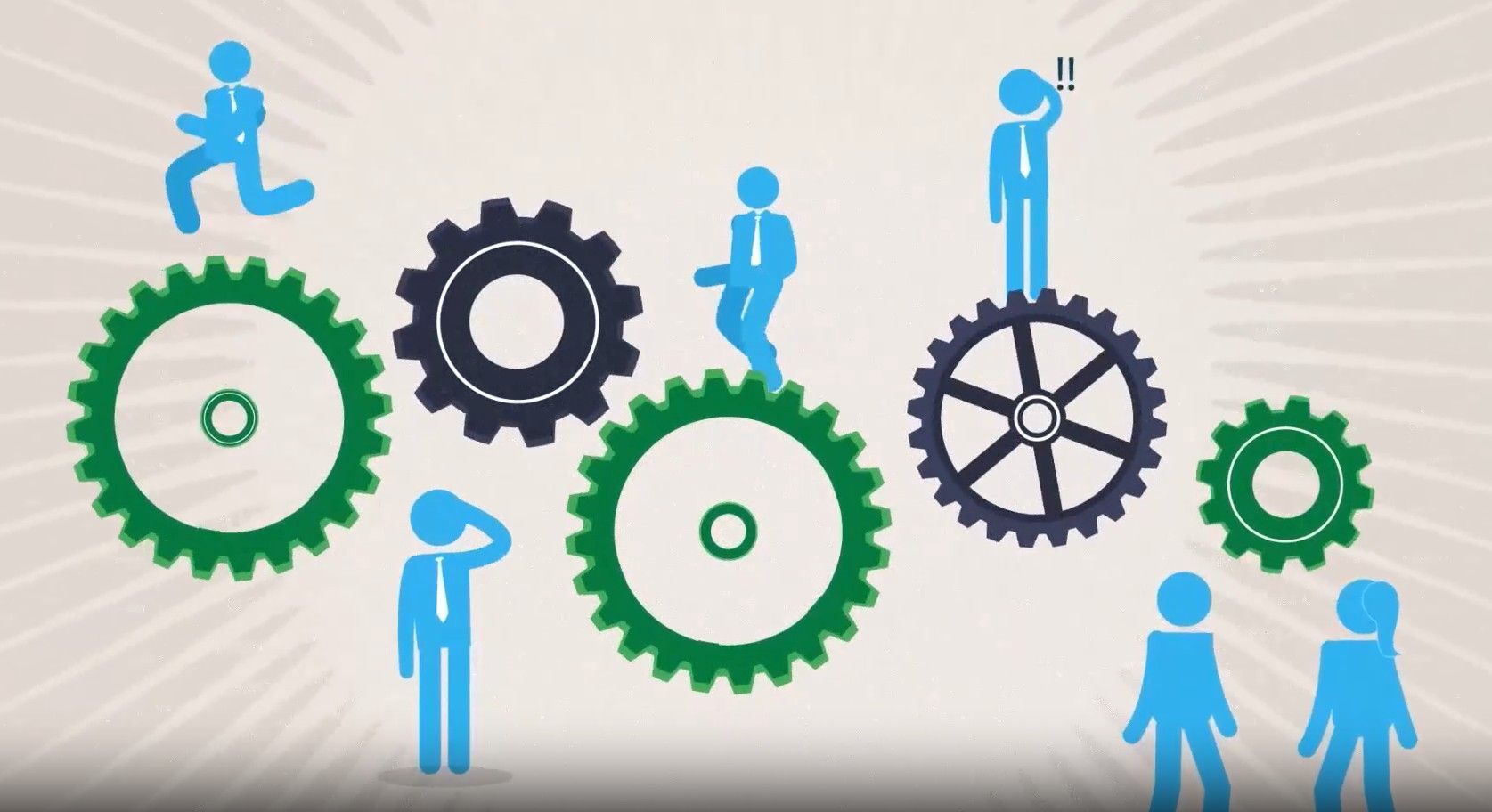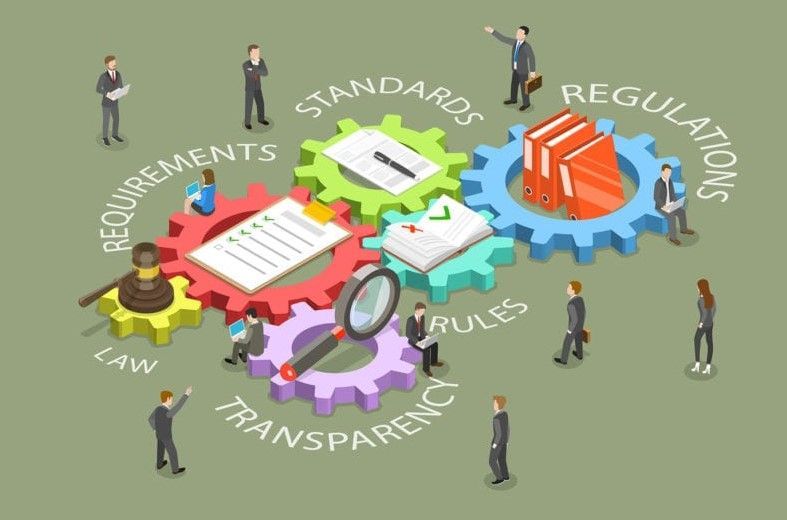Big Data, Small Ball, and Your Growth
August 14, 2025
Big data is a big deal these days because it offers unparalleled opportunities for companies to transform their relationships with their customers and develop new business-via lead generation, for instance-and others. The perception is that you have to be pretty big to take advantage of those kinds of opportunities.
But if you run a smaller company, plenty of opportunities to play “small ball” with data exist, too. (In baseball, “small ball” implies a down-to-earth way to win: Moving runners base by base to home plate versus launching big home runs into outer space.)
Interest in big data among small companies is running so high that I recently moderated a well-attended panel, “Using Analytics and Data to Better Serve Existing Customers and Gain New Ones,” for small and middle-market CEOs at the annual Entrepreneurship Institute Presidents’ Symposium in Chicago. There were many questions about big data, especially about using data in connection with lead generation and nurture marketing.
But what is big data? It’s a name for data sets so large that they can’t be managed effectively with traditional software tools. Manipulating big data, for example, may require hundreds of servers with software programs running in parallel. Think the federal government, Wal-Mart, or Facebook.
Most of our clients are businesses selling to other businesses, and they don’t have the massive number of transactions large consumer companies do. There is no “big data” for these folks.
They can, however, benefit from thinking the way the manipulators of big data do. The idea is to assess the data you have, can develop, or buy and use it to work your way around the bases to a score by playing small ball.
Here are some of our thoughts on how you can do that.
1. Learn the deeper buying motives of your customers. Most companies believe they know why their customers buy their products-that is, what value people believe they receive. However, we routinely see clients that correctly identify only about half the reasons customers value their products and services over others. They’re truly surprised when we help them identify and understand the other half by looking for the need behind the need.
For instance, a buyer may say she wants to lower costs. While that’s probably true, the need behind the need here-a more powerful reason she’s motivated to buy-may be that she’s in line for a promotion or that her job is on the line.
2. Create a statistical profile of your best customers. Match businesses on multiple criteria to develop prospect lists that match your own list of your best customers. The match can be based on the vertical market, the size of companies in sales, the number of employees, the geographic location, and many others. Especially useful for companies opening up new territories, this approach also helps to segment large responses to promotions to determine which group(s) are more likely to buy, which can in turn result in more effective lead generation efforts.
3. Know where your new revenue comes from-and how much. Analyze the sources to identify leads that are more productive. What are those sources? Well, to name just a few: direct sales; indirect sales such as reps, dealers, brokers and distributors; trade shows, Web inquiries, direct mail, and referrals. A surprising number of small and middle-market companies don’t bother with this practice. They believe they already know because they know their big accounts. That kind of limited thinking can miss trends, niches, and opportunities to open new markets.
4. Determine your “Net Promoter Score .”
The basis for this metric is one straightforward question that you ask your customers or clients: “On a scale of 1 to 10, how likely are you to recommend (our company) to a colleague or friend?” Essentially, the NPS measures loyalty and represents the likelihood that an existing customer will purchase from your company again or tell others about their positive experiences with your company. It’s considered by many to be a better predictor of customer loyalty and behavior than traditional customer satisfaction surveys.
.”
The basis for this metric is one straightforward question that you ask your customers or clients: “On a scale of 1 to 10, how likely are you to recommend (our company) to a colleague or friend?” Essentially, the NPS measures loyalty and represents the likelihood that an existing customer will purchase from your company again or tell others about their positive experiences with your company. It’s considered by many to be a better predictor of customer loyalty and behavior than traditional customer satisfaction surveys.
Key Point: Just because customers are “satisfied” or even “completely satisfied” doesn’t mean that they are loyal and that they will buy from your company again or recommend you to others.
To learn more, see The Ultimate Question: Driving Good Profits and True Growth and other works by Fred Reichheld or give us a call at 847-446-0008.
If we can help you gather, analyze, or take advantage of any type of data need please let us know. We’re especially good at finding the data you need-big or small-to sell more of your products and do so more effectively.
Phil Krone is president of Productive Strategies, Inc., a marketing and management consulting firm specializing in consultative sales training, lead generation and appointment setting, and marketing and marketing communications. Phil can be reached at 847-446-0008 and pkrone@productivestrategies.com.
The post Big Data, Small Ball, and Your Growth appeared first on Productive Strategies, Inc..










